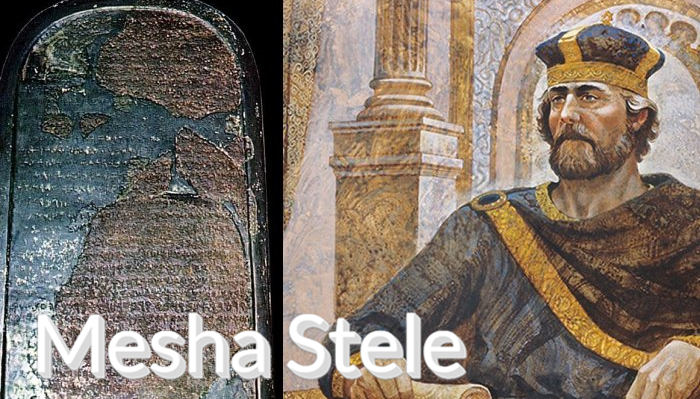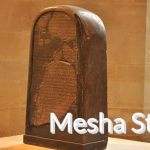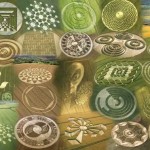The Mesha Stele, also known as the Moabite Stone, is a black basalt stone inscription that records the deeds of King Mesha of Moab in the 9th century BC. It was discovered in 1868 and is currently housed in the Louvre Museum in France. The Mesha Stele holds two significant implications in archaeology: firstly, it confirms that the Moabites had a written language during that time, and secondly, it provides historical evidence for the events of conflict between the Israelites and the Moabites as mentioned in the Bible.
In the 9th century BC, King Mesha of Moab erected a stone inscription in his capital, Dibon, to record his military victories over his enemies, including the Israelites and possibly the Judeans, often referred to as the “House of David.” Unfortunately, part of the inscription that might mention the founder of the biblical Davidic dynasty, King David, is damaged, making the interpretation of the “House of David” uncertain.
Unraveling the Mystery of the “House of David”
However, scholars, using squeeze (paper impressions) of the inscription made shortly after its discovery in 1869, along with new photographic evidence of the stone, have led some to believe that it indeed refers to the “House of David.” André Lemaire, a French epigrapher, historian, and linguist, and Jean-Philippe Delorme, an ancient Near East historian, published an article titled “The Mesha Stele and the House of David” in the Winter 2022 issue of the Biblical Archaeology Review, further investigating the evidence for the “House of David” on the Mesha Stele. Lemaire had initially proposed this interpretation in 1994, and the recent photographic evidence added weight to it.
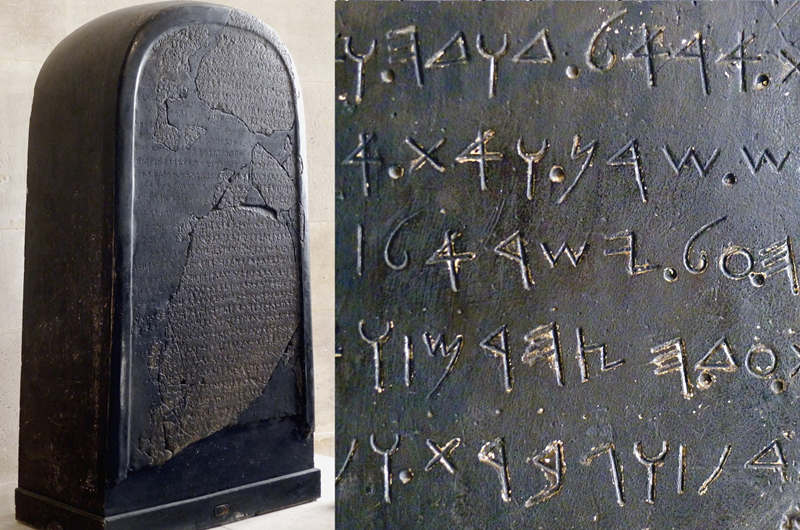
In their article, Lemaire and Delorme describe that in 2015, a team of researchers from the West Semitic Research Project at the University of Southern California shot new digital photographs of the restored stele and the squeeze. The team used a technique called Reflectance Transformation Imaging (RTI), capturing a multitude of digital images from different angles and then combining them to enhance rendering for precision. This method was especially valuable because it allowed researchers to control the lighting of the inscribed artifact, making hidden, faint, or worn parts visible.
In 2018, the Louvre Museum also captured new high-resolution backlight photographs of the squeeze, directing light directly through the 150-year-old paper to make the ancient letters it recorded even clearer. The reference to the “House of David” is comprised of five letters: btdwd (bt = “house of” and dwd = David).
New Discovery in 2022
Researchers from the Louvre Museum in Paris recently announced that, using the latest image processing techniques, they have found inscriptions related to King David on the Mesha Stele in their collection, confirming his historical existence.
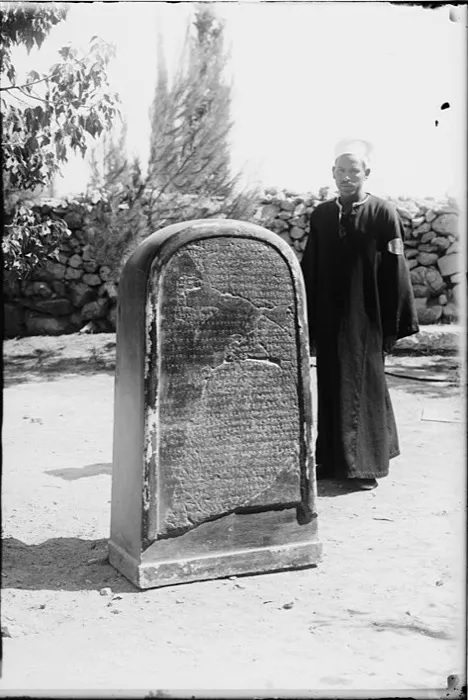
In 1868, archaeologists discovered the Mesha Stele, also known as the Moabite Stone, a basalt stone inscription from around 840 BC that stands approximately 3 feet high and 2 feet wide. It describes the glorious military conquests of King Mesha of Moab against Judah, Israel, and Edom.
The stele stood in the city of Dibon, the capital of King Mesha, in the Moabite region located about 24 kilometers east of the Dead Sea, which is in present-day Jordan. The inscription was written in the extinct Moabite language and narrates events mentioned in the Old Testament’s Book of Kings. Unfortunately, the stele was damaged in 1869, leading to some parts of the text being unreadable.
The only surviving original text from the stele is a thin squeeze. Following the destruction of the original stele, it was deciphered by the Biblical Archaeology Society. In 2022, scholars Lemaire and Delorme stated that new technology confirms the presence of phrases such as “House of David” and “David’s altar” on the Mesha Stele. Lemaire had put forth this argument as early as 1994 but lacked more concrete scientific evidence.
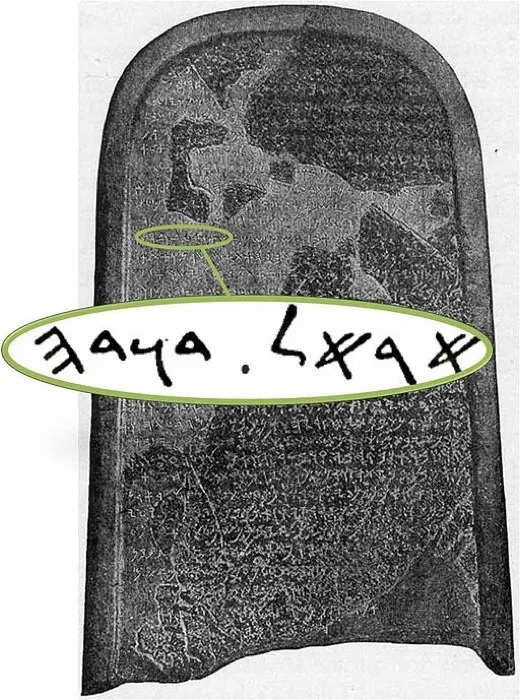
The scholars wrote, “Thanks to recent photographic evidence, researchers can now confirm the claim that this stele may indeed mention the ‘House of David’ as the rulers of the Kingdom of Judah, providing support for the argument that King David was a historical figure.”
Conclusion:
The recent discovery of inscriptions related to King David on the Mesha Stele is a significant development in the field of biblical archaeology. The existence of King David has long been a topic of debate and discussion among scholars. This newfound evidence provides stronger support for the historical reality of King David as a prominent figure in ancient history, as well as his role in establishing the Davidic dynasty, which plays a central role in biblical narratives.
The use of advanced imaging techniques, such as Reflectance Transformation Imaging (RTI) and high-resolution backlight photography, has played a crucial role in shedding light on this ancient inscription and confirming the references to “House of David” on the Mesha Stele. These methods enable researchers to visualize and analyze inscriptions on deteriorated artifacts more clearly, making it possible to uncover hidden or faded portions of the text.
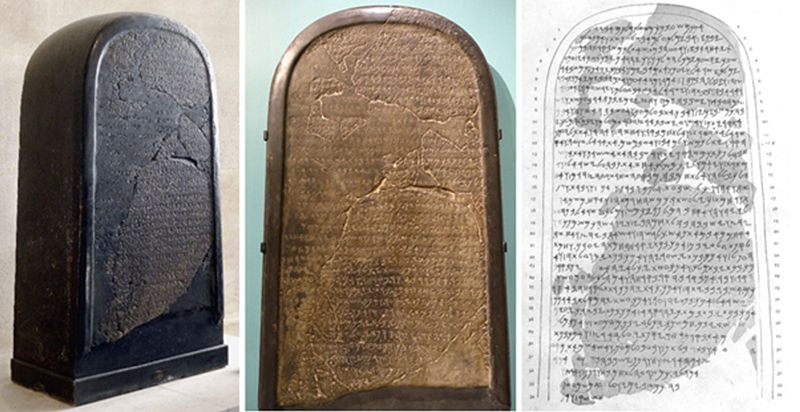
The Mesha Stele, being an ancient artifact from the 9th century BC, serves as a valuable source of historical information and adds to our understanding of the ancient kingdoms and conflicts mentioned in the biblical texts. The ongoing research and advancements in archaeological technology continue to provide new insights into the ancient world and the historical figures and events of that time.
This discovery underscores the interdisciplinary nature of archaeology and the collaboration between historians, linguists, epigraphers, and technology experts to unlock the secrets of ancient inscriptions and artifacts. It also highlights the importance of continually reevaluating and reinterpreting historical evidence as new technologies and techniques become available.
In conclusion, the Mesha Stele, with its references to King David and the House of David, represents a critical piece of evidence in the study of biblical history and the ancient Near East. This discovery reinforces the notion that King David was indeed a historical figure and that the biblical accounts of his reign and the establishment of his dynasty have a historical basis.
More UFOs and mysterious files, please check out our YouTube channel: MysFiles
Zulu Shaman’s interview: Answers about Reptilian, Grays, and the Origin of Humanity
